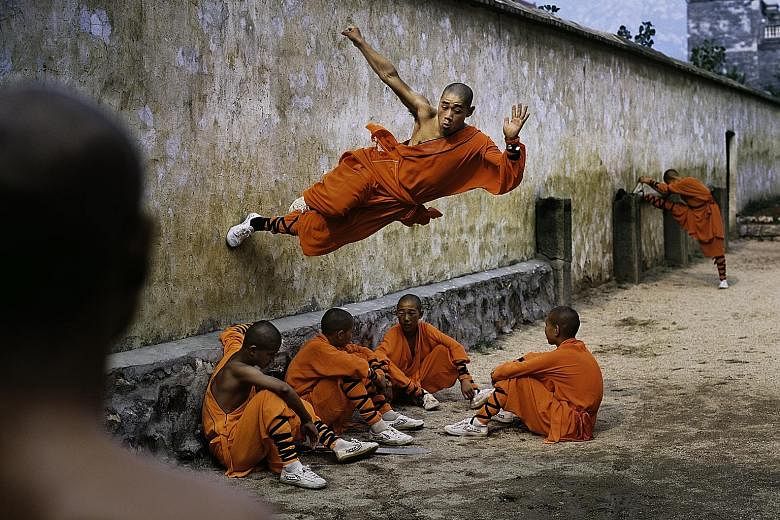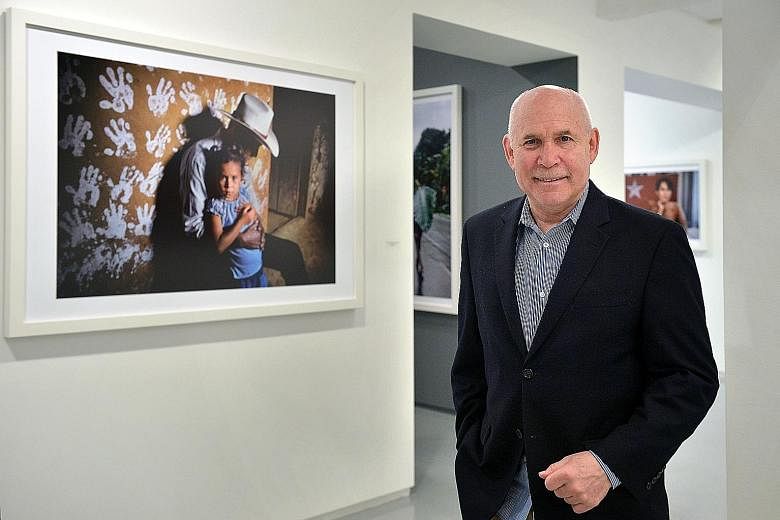NEW YORK • Famed photographer Steve McCurry has said he is a "visual storyteller" rather than a photojournalist, amid controversy over his use of software to edit images.
The uproar has grown since dozens of his photographs were exposed as manipulated, with new examples of his photoshopped images unveiled on a daily basis.
The manipulated photos show marks of cloning, where elements of an image have been removed or replaced. The practice is frowned on in the world of photojournalism, where evidence of manipulation beyond standard colour correction and processing can break careers.
Faced with growing evidence, Mr McCurry has come clean on his position in photography. "I've always let my pictures do the talking, but now I understand that people want me to describe the category into which I would put myself, and so I would say that today I am a visual storyteller," Mr McCurry told Time magazine.
"The years of covering conflict zones are in the distant past. Except for a brief time at a local newspaper in Pennsylvania, I have never been an employee of a newspaper, news magazine, or other news outlet. I have always freelanced," he said.
Mr McCurry achieved worldwide acclaim for his photograph of the "Afghan Girl", featured on the June 1985 of National Geographic magazine. National Geographic director of photography Sarah Leen told Time that the magazine does not "condone photo manipulation for editorial photography", highlighting stringent systems in place.
But asked about his use of Photoshop, Mr McCurry pointed to the cover of the December 1984 issue of National Geographic, which featured one of his photographs.
The photograph of a tailor wading through flood waters up to his neck while carrying a sewing machine was a horizontal shot, but in the picture that was used on the cover, the water was extended down to fit the vertical format.
"That use of Photoshop ensured that a powerful image wouldn't be rejected because it was a horizontal orientation. Some would say that was wrong, but I thought it was appropriate because the truth and integrity of the picture were maintained," Mr McCurry told Time.
For Ms Leen, this type of alteration was a thing of the past. "It was 32 years ago, a different era," she said. "It would never happen now."
Mr McCurry has also been forced to clarify that "going forward, I am committed to only using the program in a minimal way, even for my own work taken on personal trips".
"Reflecting on the situation… even though I felt that I could do what I wanted to my own pictures in an aesthetic and compositional sense, I now understand how confusing it must be for people who think I'm still a photojournalist," he told Time.


